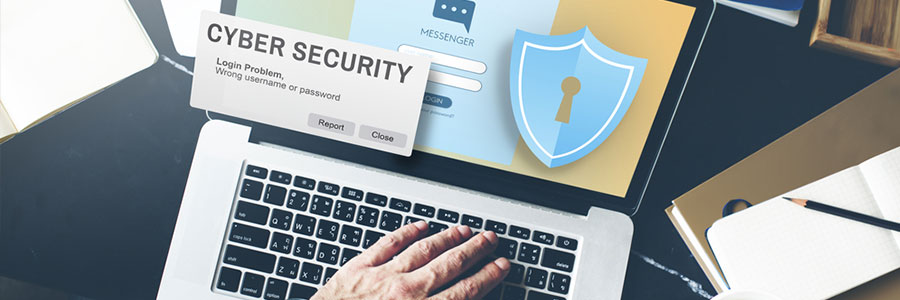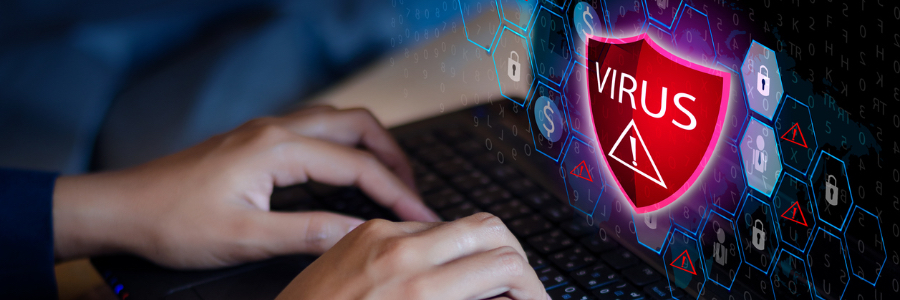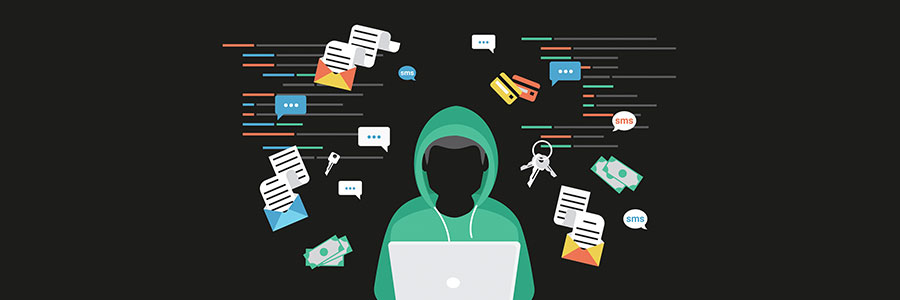To avoid detection by anti-malware programs, cybercriminals are increasingly abusing legitimate software tools and programs installed on computers to initiate attacks. They use fileless malware to infiltrate trusted applications and issue executables that blend in with normal network traffic, IT processes, and system administration tasks while leaving fewer footprints.
Should you monitor your employees’ online activities?

To monitor or not to monitor — that is the question. Employee monitoring is a touchy subject. If you’ve ever considered it, then you may ask yourself if it is a good idea for an employer to check on their staff’s online activities. Below are the pros and cons of employee monitoring, and some helpful tips should you push through with it.
Watch out for this Android malware
How to protect your business printers from hackers
Here’s what to look for when buying antivirus software
How to work from home securely
Why autocomplete passwords are risky
3 Hacker types you need to know about
Do these before buying cybersecurity software
Office 365 hacking: What you need to know

With over 150 million active subscribers, Office 365 is, unsurprisingly, on top of hackers’ minds. And now, hackers are using a technique that doesn’t even require users to give up their credentials. Learn how they do it and get protected.
A phishing scam that harvests users’ credentials
The latest cyberattack on Microsoft Office 365 involves harvesting users’ credentials.








